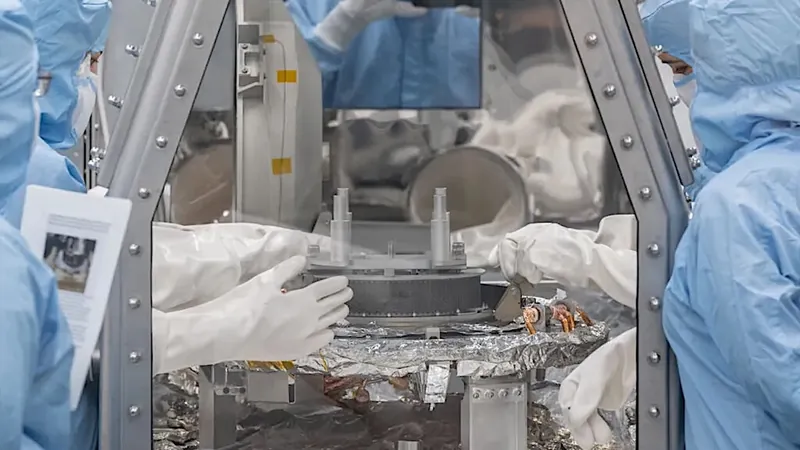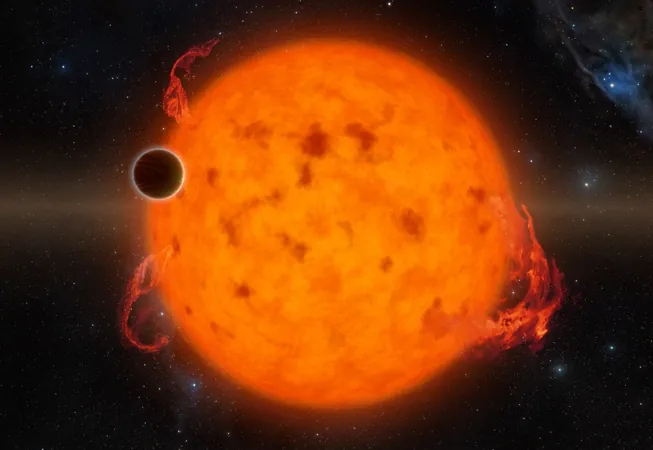
Unveiling the Microbial Mysteries of NASA's Cleanrooms: The Bacillus Breakthrough
2025-05-08
Author: Wei Ling
Cleanrooms: The Unsung Heroes of Space Research
At NASA's Lyndon B. Johnson Space Center, cleanrooms serve as the frontline battlegrounds for curating astromaterials. These sterile environments are meticulously monitored, as even the smallest bacteria can jeopardize valuable scientific research.
Meet Bacillus: The Toughest Microorganisms in Astronomy
Among the bacterial inhabitants of these cleanrooms, Bacillus species stand out. Their remarkable ability to produce endospores allows them to survive extreme conditions, making them a focal point in microbial studies related to space exploration.
Current Monitoring Methods: A Closer Look
NASA employs advanced tactics for tracking these microbes, utilizing swab samples from surfaces to cultivate bacteria. Identification processes typically involve 16S rRNA sequencing and the VITEK 2 Compact bacterial identification system. However, these approaches often fall short in distinguishing between different Bacillus species.
A Game Changer: Whole Genome Sequencing vs. MALDI-TOF MS
While whole genome sequencing (WGS) represents the state-of-the-art technique for precise bacterial identification, its cost and time demands can be prohibitive. Enter Matrix-assisted laser desorption–time of flight mass spectrometry (MALDI-TOF MS)—a groundbreaking method that identifies bacterial isolates rapidly and cost-effectively, proving particularly effective for Bacillus species.
The Need for Comparative Studies
Despite its potential, there is a lack of comprehensive studies comparing MALDI-TOF MS and WGS in identifying Bacillus species from NASA's cleanroom environments. With ongoing research, a clearer picture of microbial dynamics within these vital spaces may soon emerge.
Looking Ahead: The Future of Microbial Research in Space
Understanding these microbial populations not only serves to safeguard scientific integrity at NASA but could also unveil critical insights into life’s resilience in extreme conditions—an essential consideration for future interstellar expeditions.


 Brasil (PT)
Brasil (PT)
 Canada (EN)
Canada (EN)
 Chile (ES)
Chile (ES)
 Česko (CS)
Česko (CS)
 대한민국 (KO)
대한민국 (KO)
 España (ES)
España (ES)
 France (FR)
France (FR)
 Hong Kong (EN)
Hong Kong (EN)
 Italia (IT)
Italia (IT)
 日本 (JA)
日本 (JA)
 Magyarország (HU)
Magyarország (HU)
 Norge (NO)
Norge (NO)
 Polska (PL)
Polska (PL)
 Schweiz (DE)
Schweiz (DE)
 Singapore (EN)
Singapore (EN)
 Sverige (SV)
Sverige (SV)
 Suomi (FI)
Suomi (FI)
 Türkiye (TR)
Türkiye (TR)
 الإمارات العربية المتحدة (AR)
الإمارات العربية المتحدة (AR)